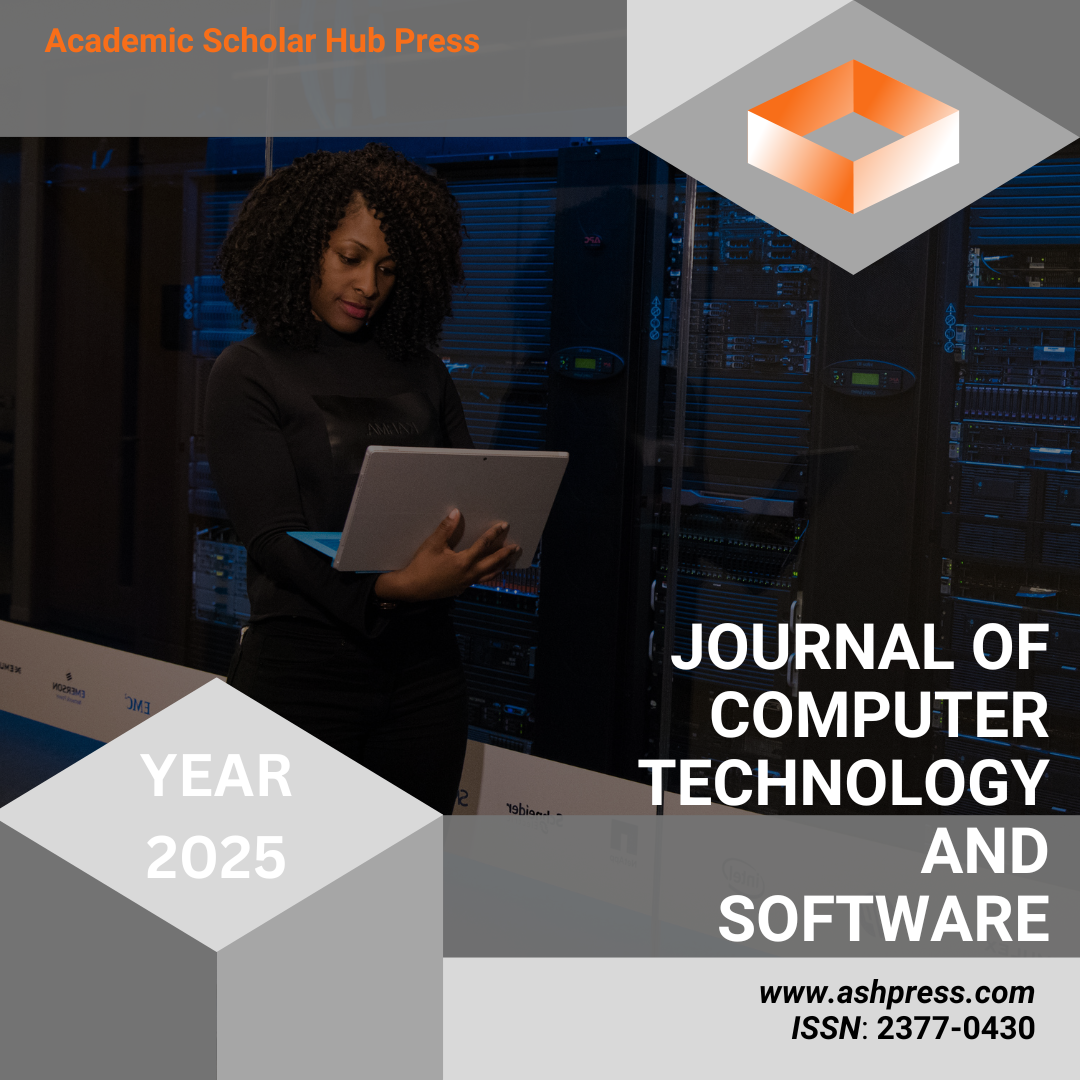Published 2025-05-30
How to Cite

This work is licensed under a Creative Commons Attribution 4.0 International License.
Abstract
Lane detection is a crucial task in autonomous driving systems, and its accuracy directly affects the path planning and driving safety of vehicles. However, due to complex factors such as illumination changes, road occlusion, and lane wear, existing methods still face challenges in edge integrity and detection robustness. To this end, this study proposes an edge-guided feature enhancement (EGFE) method based on the DeepLabV3+ semantic segmentation framework to optimize the extraction of lane edge information. In addition, the adaptive attention mechanism (AAM) is introduced to enhance the model's attention to the lane area, and the weighted binary cross entropy loss and Dice loss are combined to alleviate the class imbalance problem. The experiment is conducted on the TuSimple lane detection dataset. The results show that compared with the original DeepLabV3+, the improved model has significant improvements in both mIOU and mF1-Score indicators, while maintaining strong robustness under different lighting environments. Further data enhancement experiments prove that combining multiple data enhancement strategies can improve the generalization ability of the model. The improved method of this study provides a new optimization idea for lane line detection in the fields of intelligent transportation and autonomous driving.
